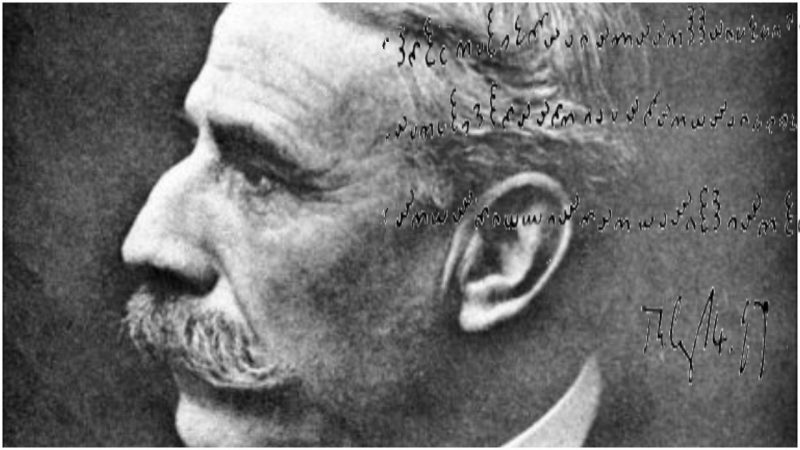Since ancient times, many people have been fascinated with cryptography. Coded messages have proved convenient: only their creators and the intended recipients, who have to know which code has to be used to cipher the message, are able to read the contents of the message immediately.
All others who would like to know the secret content of the message are forced to try and decipher the code manually, and this process can sometimes literally last for ages. Among coded messages that remain undeciphered, some could contain clues leading to the solving of historical crimes such as the Zodiac murders in the United States and the mysterious Australian case of the Somerton Man. The contents of other coded messages are likely much more mundane, but this doesn’t make them less interesting to cryptography enthusiasts around the world.
One such coded message is known as the Dorabella Cipher; it has remained unsolved since 1897, when it was written by Edward Elgar, a renowned English composer of classical music. Throughout his life, Elgar was interested in cryptography and ciphers.
In 1898 and 1899, he composed one of his major masterpieces, the Enigma Variations, an orchestral work consisting of 14 variations on a theme. Contemporary musicologists are aware of Elgar’s cryptographic enthusiasm and many of them believe that he managed to conceal a hidden melody somewhere in the piece. Also, during World War II, the Enigma Variations served as the inspiration for the name Enigma, the infamous German system of ciphers and a coding machine of the same name.
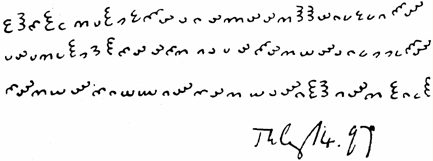
In the summer of 1897, the 44-year-old Elgar met Dora Penny, the 23-year-old stepdaughter of a friend of his wife. The two immediately started a friendship that lasted until Elgar’s death in 1934. Although Elgar claimed that their relationship was nothing more than a close friendship, some historical facts point to the possibility that they were involved in a romantic relationship.
Namely, one of the variations of the Enigma Variations, the Dorabella Variation, was dedicated to Penny. Also, sometime in 1897, Elgar’s wife sent a letter to Penny’s stepmother and Elgar slipped a note addressed to Penny into the same envelope.
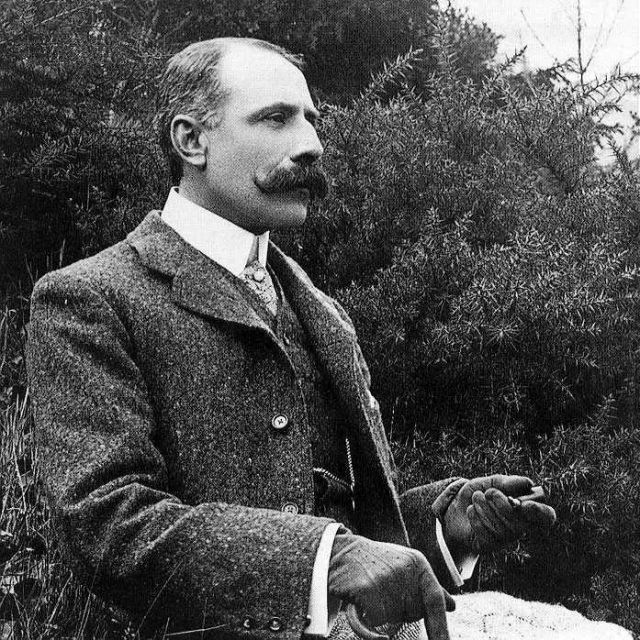
The note remained a secret until 1937, three years after Elgar’s death, when Penny published a memoir, Edward Elgar: A History of a Variation, in which she revealed that Elgar’s note was written in a mysterious code which she wasn’t able to crack for 40 years. Since then, countless cryptography enthusiasts have unsuccessfully tried to crack the message. Some researchers claimed that the note was written in a personalized code that was known only to Elgar and Penny, but Penny denied this and stated that she and Elgar usually communicated via regular letters written in plain English. Therefore, Elgar was the only person who knew how the note was supposed to be read, so it is quite possible that the message will remain undeciphered forever.
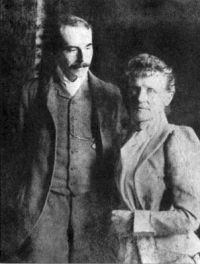
The Dorabella Cipher consists of a total of 87 characters written in three lines. The fascinating feature of the cipher is that it doesn’t contain any actual numbers, letters, or characters present in any live language. It contains various unique characters that are made from small semicircles and arranged into a pattern resembling written text; the fact that Elgar used custom and unique characters contributes to the complexity of the cipher.
Also, longer ciphers are always easier to decipher than short ciphers because longer ciphers often include repetition of some characters, and Elgar’s note, if it represents text written in English, seems to contain only a single sentence.
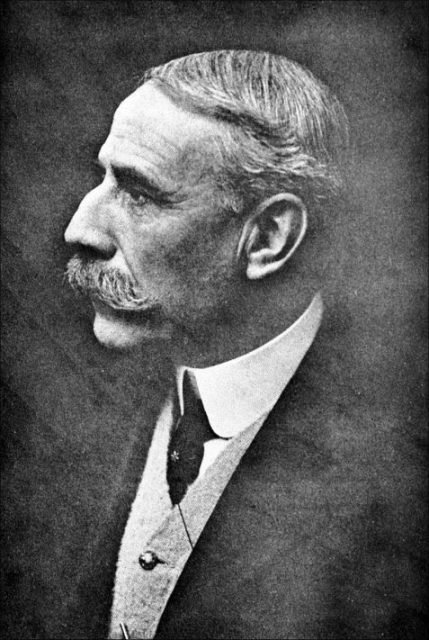
While most researchers of the Dorabella cipher are convinced that the note contains a well-hidden love letter, some interesting opinions sparked different theories. Namely, some contemporary musicologists claim that the note doesn’t contain regular text but musical notes which hide a cryptic melody composed for Dora Penny. In 2016, an officer of the Cleveland police special operations unit named Mark Pitt stated that he spent three years studying the cipher and that he managed to decode a small segment of the melody.
He also stated that he is currently on the right path to deciphering the content of the whole note, but he refuses to share his findings until he finishes his research. Although Pitt may be on the right track, it will never be known whether the melody he is allegedly about to discover represents the content hidden by Elgar’s cipher. Elgar was the only person who knew how to solve the code, and he has been dead for more than 80 years.
